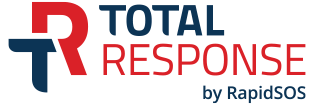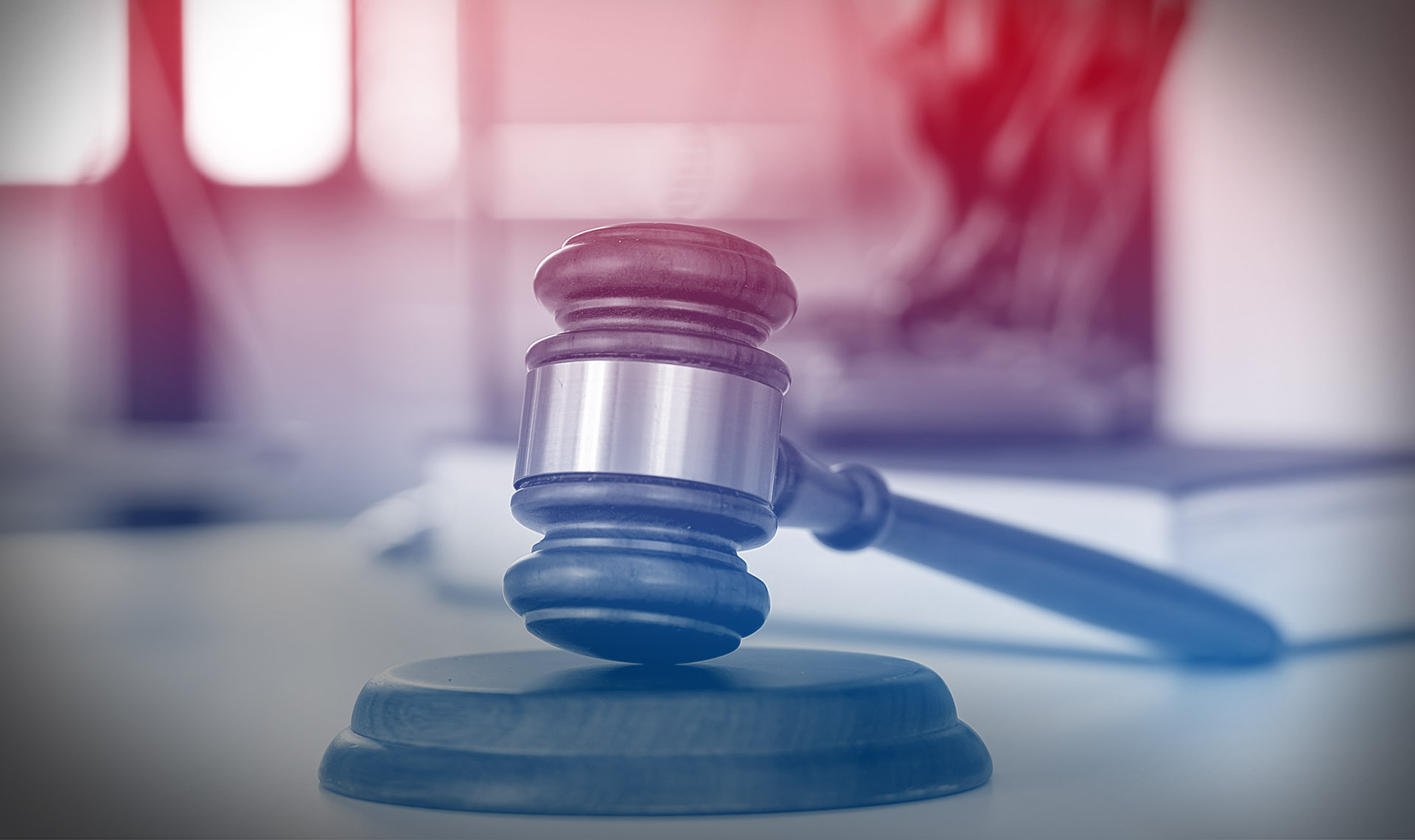6/18/24
Everyone working in a 911 center must grapple with a common challenge each day they come to work: any action they take can have a significant impact on the citizens they serve. Even when we strive for the best possible outcome on every call, we cannot control the unpredictability of a crisis. Even when those on the frontlines of emergency response have done everything in their power to help, they can sometimes be scrutinized for the actions taken when something goes wrong.
While many believe in (or claim) PSAP immunity from lawsuits, the reality is more nuanced.
Simply put: PSAPs are not immune from legal challenges. The extent of your liability depends on various factors, including state laws, the nature of the emergency, and the actions of the dispatcher.
There are many ways PSAPs can be found liable. Whether it’s a failure to follow protocols, mishandling of sensitive information, or inadequate communication, the consequences of unprepared telecommunicators can be severe. As the legal landscape continues to evolve, PSAPs must prioritize their technology and training to minimize risks and ensure the best possible outcomes for those in need while protecting your center from legal action.
Updated Technology and Tools
Your team is only as good as the tools they have on hand. That’s why with access to the latest knowledge and technology, you foster confidence in their abilities, your protocols, and your center, and even potentially boost your PSAP retention rates.
Seamless Integrations
911 technology has come a long way from the printed guide cards of yesterday. Now, more than ever, it’s important to have a 911 protocol software that integrates with location assistance technologies like what3words and tools like the PulsePointAED registry. These integrations can provide PSAPs with life-saving resources and precise locations in tricky and complex environments.
For PSAPs looking to enhance their emergency response capabilities, a seamless integration with your CAD is also a crucial step. By leveraging the strengths of advanced CAD systems and comprehensive 911 protocol software, PSAPs can ensure they are always ready to respond swiftly and effectively, safeguarding your communities with precision and care.
Connecting to Local Resources
Another benefit of updating your technology with a system that can be tailored to your community and specific needs is that your telecommunicators can have access to precise information such as building schematics, weather links, and park maps. Adding these hyperlocal resources to your protocol software can pinpoint where help is needed and get responders there quickly and safely.
Modern technology also makes it easier for telecommunicators to manage an influx of calls. For example, when your team is dealing with a multi-car accident or a large structure fire, modern software solutions can easily share vital on-scene information as the situation evolves with the right responders.
Multi-Discipline Capabilities and Flexibility
Emergency response is complex and dynamic. Calls for help can change quickly, requiring different questions, sometimes changing the pre-arrival instructions to offer, and at times upgrading the priority of a response. Having the technology and tools that allow easy access to fire, police, medical and mental health protocols help you prepare and empower your team to confidently handle every call, every time.
Since most 911 calls require a multi-service response, your protocol system should give you access to all protocols on one screen, regardless of the service type. Why? Because emergencies cannot be confined to a silo. A unified protocol system that puts all protocols in the hands of capable users helps ensure your team can respond to citizens requesting help from 911. Cross-service cooperation is crucial for an efficient and safe response for both the callers and on-scene responders, keeping everyone on the same page for every call, every time.
Protocols Tailored to Your Community
When your team consistently follows and implements documented and customized protocols, it keeps them on the same page. Protocols help ensure that you provide a consistent level of service every time someone asks for help. Consistency is the best tool you can have to reduce your agency’s liability exposure.
By customizing protocols to your community, you also allow your team to better utilize the resources of your on-scene responders, helping all teams work effectively and efficiently.
Comprehensive Training
Beyond the immediate impact on emergency response, inadequate training poses significant liability risks to 911 centers by leaving room for errors. The more training your telecommunicators have, the more prepared they will be for whatever emergency is on the other end of the phone line.
Training includes call-handling training, education on how to use your 911 protocol software, certifications and continuing education courses. The combination of all three will empower your team to make informed decisions under pressure.
A well-trained team is better equipped to handle multi-service emergencies, minimize errors, and uphold the highest standards of professionalism and safety, which can reduce the risk of liability not only for your center, but for your individual call takers.
Public Safety Starts with 911
Updated technology, innovative and flexible software, and training are not just boxes to check; it should be an imperative goal for all 911 centers. You can safeguard the integrity of your operations, protect your staff and communities, and uphold the highest standards of service excellence.
In today’s litigious society, any misstep or perceived negligence can result in costly legal battles, damage to your center’s reputation, and, most importantly, compromise public safety.
So, while eliminating the risk of liability completely is unrealistic, your PSAP can put tools and training in place to greatly reduce the risk. By doing this, you’ll also see a consistency in call handling that results in the best possible outcomes for callers in need.

Greg Sheehan
VP Product
Greg drives the strategic direction of product development at PowerPhone. He leads cross-collaboration among teams at PowerPhone as they continually work to improve tools used by the frontline of emergency response.









